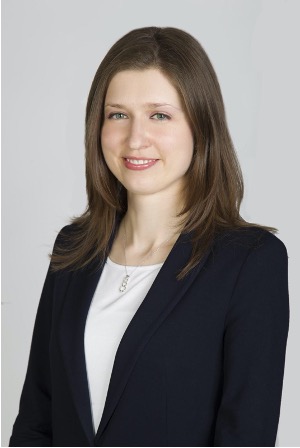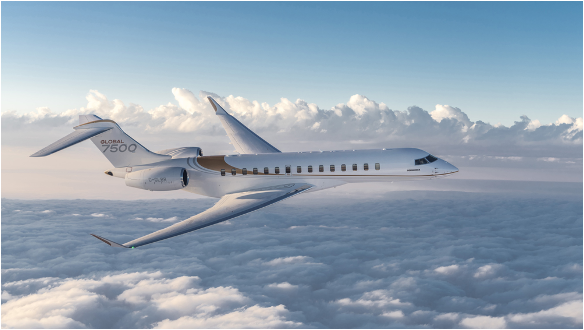
What are you doing these days?
I am an Airworthiness Engineer at Bombardier Aviation (Canadian manufacturer of world-class business jet aircrafts). Currently, I am the Foreign Validation Focal. I support the certification of Bombardier aircraft designs with government authorities in each country that oversee the approval and regulation of civil aviation. In the past, I have been involved in aircraft design, certification and development, including working on the world’s largest and longest-range business jet, the Global 7500.
Also, now that I completed my PhD degree a year ago, I am working on publishing an article in an academic journal.
When did you know you wanted to be an engineer?
I always knew I was going to do something related to math and science – I did well in those subjects. At the same time, I knew I did not want to focus my higher education strictly on mathematical subjects. I liked the idea of the practical application of engineering. I had an appreciation for aircraft after participating in the air cadet programme throughout high school. This and my academic interests led me to pursue aerospace engineering.
What is your proudest accomplishment as an engineer?
My proudest academic accomplishment is completing my PhD, while working full time. Back in high school and undergrad, I never thought I would be capable of developing a complex math model which provided an innovative way of improving the efficiency of drilling. I never imagined I would be able to defend my research in front of experts. It took skills outside of engineering, and I had to push myself beyond my comfort zone. But I am really glad I did.
Work-wise, the best moments are when I am able to bring together a team of engineers with different expertise to complete a project. I was proud to overcome technical and non-technical obstacles within these projects and leverage everyone’s skill sets to come to a solution.
How does your work contribute to society?
As professionals, engineers commit to serve and protect the public in all their engineering endeavours.
In my current role, I guarantee that a design meets the certification standards wherever it is delivered around the world, ensuring the safety of the product. I am part of a team that makes sure Bombardier aircrafts are airworthy, meaning they continue to meet the standards required to fly safely.
My PhD contributes to society because scientific progress is one of the factors driving society. It shapes the next generation of engineers, designs or applications.

Image Source
Why do we need more women in engineering?
Inventions made by engineers often shape our society, and our future. When women are equally represented in the profession, this will give them an equal opportunity to bring inventions to the market, and to benefit from rewarding careers. Having female representation in engineering brings different perspectives and shows it’s truly for everybody.
What advice would you give to young girls who are thinking of pursuing a career in the STEM field?
When I was in grade 9 and 10, I didn’t think that engineering was something that I would ever pursue. It seemed like this job, where you’re stuck at a desk all day, alone. But, engineering is so much more than that. If you really enjoy math and science, you should follow those passions, which can open many doors.
There are many different opportunities within engineering and in fields such as AI (artificial intelligence), programming (gaming, VR, robotics), and social media, that didn’t exist decades ago. It is never just sitting at a desk– engineering also involves working with large teams of smart, creative people.
